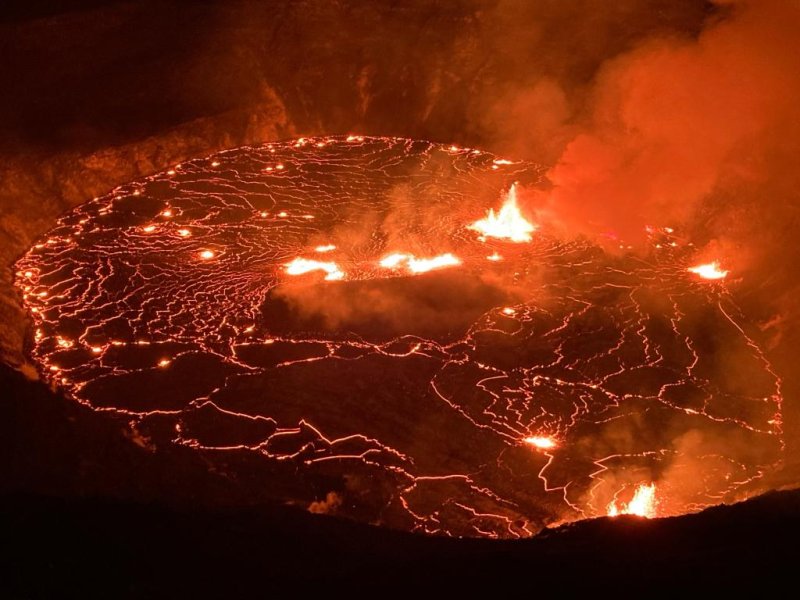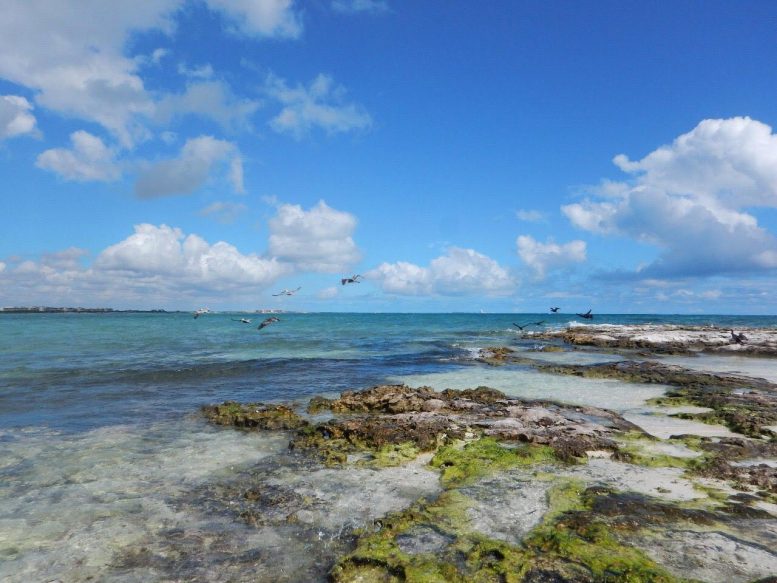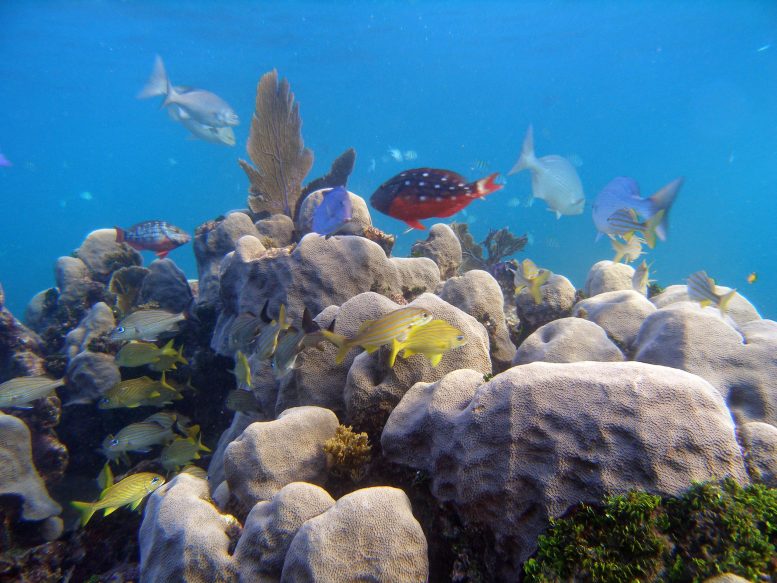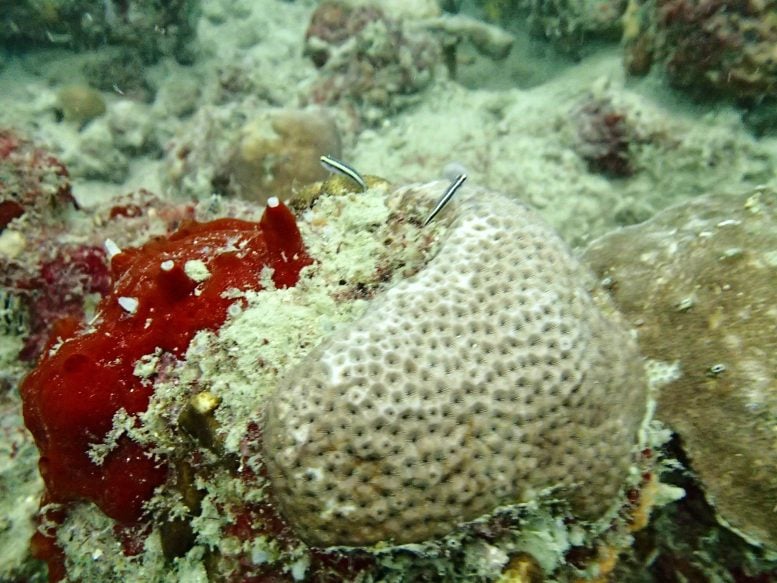School board group asks US for help policing threats
By CAROLYN THOMPSON

In this Aug. 12, 2021 file photo, protesters against a COVID-19 mandate gesture as they are escorted out of the Clark County School Board meeting at the Clark County Government Center, in Las Vegas. The nation's school boards are asking President Joe Biden for federal assistance to investigate and stop a growing number of threats made against their members, on Thursday, Sept. 30.
A group representing school board members around the country asked President Joe Biden on Thursday for federal assistance to investigate and stop threats made over policies including mask mandates, likening the vitriol to a form of domestic terrorism.
Parents and community members have been disrupting meetings and threatening board members in person, online and through the mail in a trend that merits attention from federal law enforcement agencies, the National School Boards Association said in a letter to Biden.
“Whatever you feel about masks, it should not reach this level of rhetoric,” NSBA Interim Executive Director Chip Slaven told The Associated Press by phone.
School boards around the country have been disrupted by unruly attendees out to interfere with business and silence other viewpoints.
Typically, threats toward school board members are handled by local law enforcement. But the association asked for the federal government to get involved to investigate cases where threats or violence could be handled as violations of federal laws protecting civil rights. It also asked for the Justice Department, FBI, Homeland Security and Secret Service to help monitor threat levels and assess risks to students, educators, board members and school buildings.
“As these acts of malice, violence, and threats against public school officials have increased, the classification of these heinous actions could be the equivalent to a form of domestic terrorism and hate crimes,” the association wrote.
The letter documents more than 20 instances of threats, harassment, disruption, and acts of intimidation in California, Florida, Georgia, New Jersey, Ohio and other states. It cites the September arrest of an Illinois man for aggravated battery and disorderly conduct for allegedly striking a school official at a meeting. In Michigan, a meeting was disrupted when a man performed a Nazi salute to protest masking.
“We are coming after you,” a letter mailed to an Ohio school board member said, according to the group. “You are forcing them to wear mask—for no reason in this world other than control. And for that you will pay dearly.”
It called the member “a filthy traitor.”
The association represents more than 90,000 school board members in 14,000 public school districts.
The threats have gone beyond board meetings.

In this Tuesday, Aug. 17, 2021 file photo, community members gather inside the Dr. Karen M. Trujillo Administration Complex to give public comment against masking policy at a Las Cruces Public Schools board meeting in Las Cruces, N.M. The nation's school boards are asking President Joe Biden for federal assistance to investigate and stop a growing number of threats made against their members, on Thursday, Sept. 30. (Miranda Cyr/The Las Cruces Sun News via AP, File)

In this Aug. 25, 2021 file photo, people hold signs and chant during a meeting of the North Allegheny School District school board regarding the district's mask policy, at at North Allegheny Senior High School in McCandless, Pa. The nation's school boards are asking President Joe Biden for federal assistance to investigate and stop a growing number of threats made against their members, on Thursday, Sept. 30. (Alexandra Wimley/Pittsburgh Post-Gazette via AP, File)
The father of an Arizona elementary school student was arrested after he and two other men brought zip ties to the campus, threatening to make a “citizen’s arrest” on the school principal over a COVID-19 quarantine.
School board members are largely unpaid volunteers, traditionally former educators and parents who step forward to shape school policy, choose a superintendent and review the budget. The current climate has led a growing number to resign or decide against seeking reelection.






















